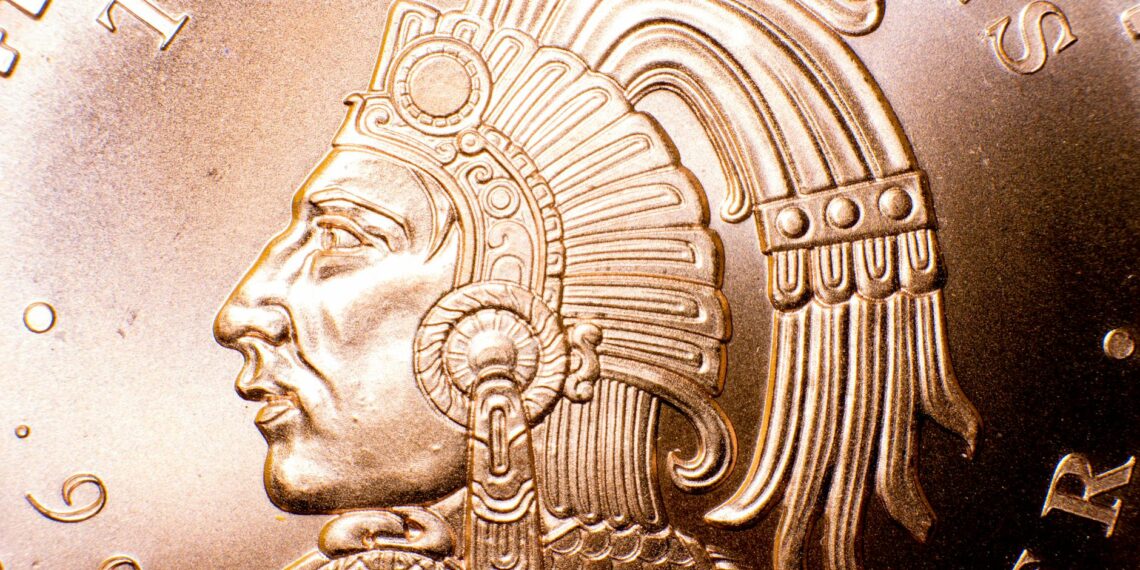A mint mark is a small letter or symbol stamped on a coin that identifies the location where it was produced . In the United States, coins are struck at various mint facilities, each with its unique identifier.
Mint marks originally served a practical purpose in quality control, as they allowed the government to hold each mint accountable for the quality, size, and weight of the coins it produced, [according to the U.S. Mint] . This was particularly important in the early years when coins were valued by the amount of precious metal they contained.
While the practical necessity of mint marks has decreased with the shift to non-precious metal coinage, they still hold significance for several reasons:
- Rarity and Value: Coins from mints that produced fewer coins in a particular year are often rarer and more valuable. For instance, coins from the Carson City Mint (CC) are highly sought after due to the limited number produced during its operational period.
- Historical Significance: Mint marks connect a coin to its history and the mint that produced it, appealing to collectors who appreciate the historical context of coins.
- Minting Errors: Coins with specific mint marks may have unique minting errors, such as design flaws or misstrikes, further increasing their rarity and value for collectors.
The main US mints and their associated marks are:
- P for Philadelphia.
- D for Denver.
- S for San Francisco.
- W for West Point.
In the early years, coins struck in Philadelphia did not have a mint mark as it was the sole mint in operation. However, the “P” mint mark was introduced on specific denominations over time and has appeared on most coins (except cents) from Philadelphia since 1980.
Note: The location of the mint mark on a coin can vary depending on the denomination and the year of issue. It’s recommended to consult a coin guide or reference for specific mint mark locations on different coin types.









How do you tell if a coin has a mint mark?
A mint mark is a small letter (D and S being the most commonly encountered) somewhere on the coin. A mint mark tells you where the coin was made. Many coins also have the designer’s initials hidden somewhere in the design. This is not the mint mark.
Are coins with no mint mark rare?
The short answer is sometimes. Certain coins without mint marks are extremely valuable, but it’s essential to watch out for the coins that were altered or damaged by someone outside the mint. Here are several rare coins without mint marks that hold a much higher value than the original minted face value.
What if my coin doesn’t have a mint mark?
Because some coins without mint marks hold value and some do not, it is best to let an experienced coin appraiser take a look at your collection. A professional numismatist like Dave Wnuck will be able to assess your coins and help you determine the value of what you have.